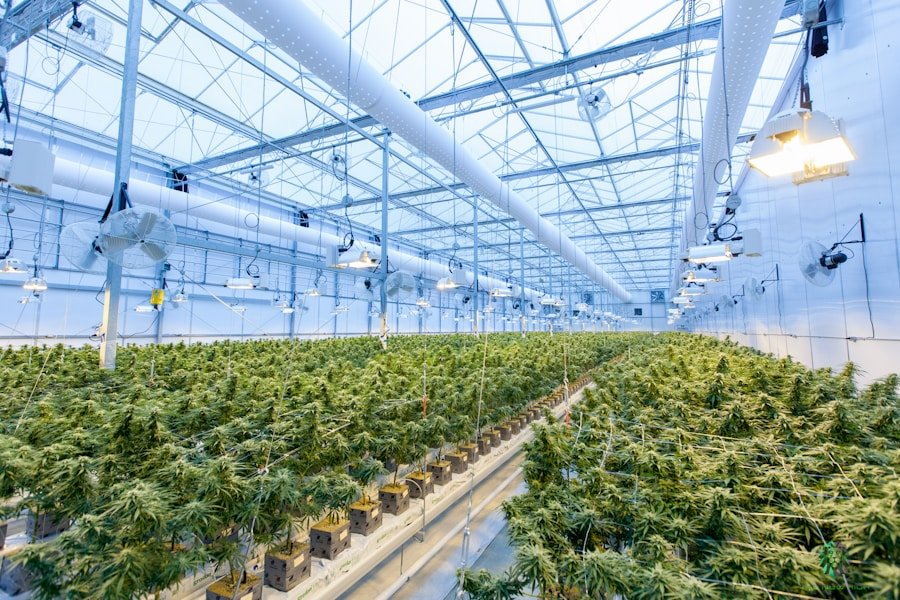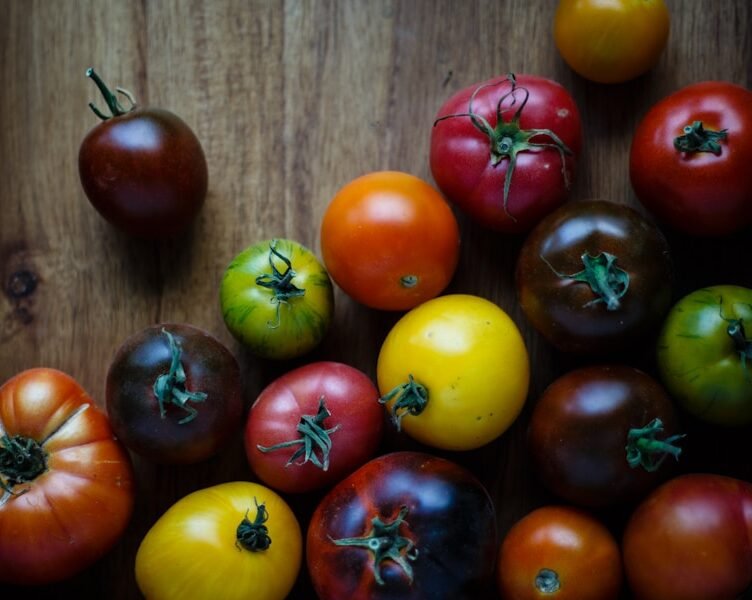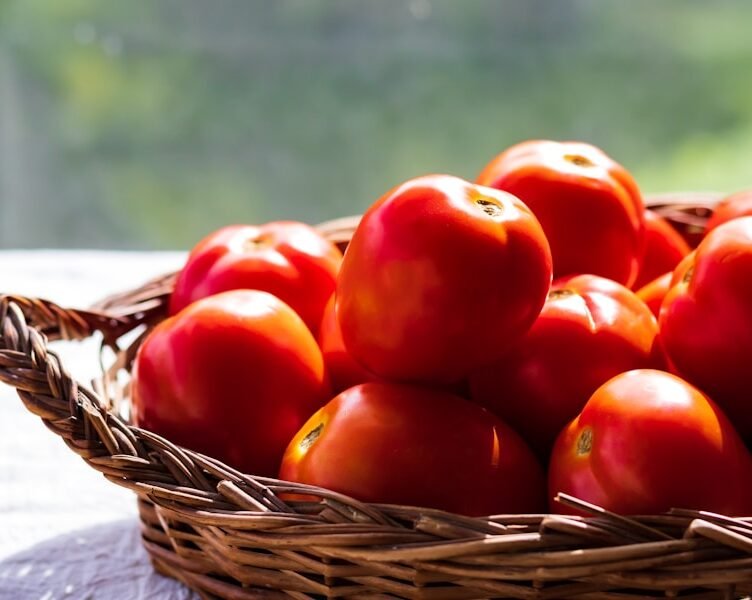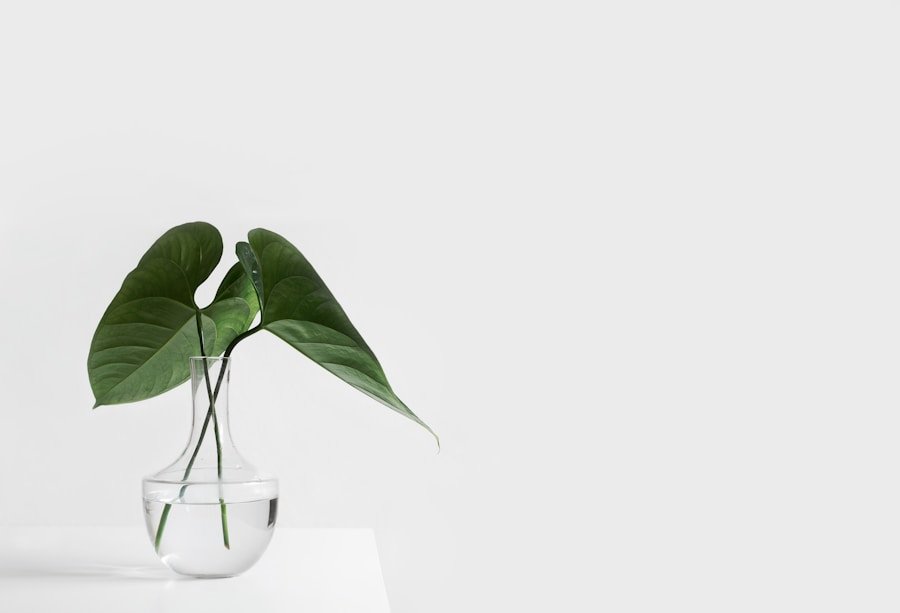When cultivating fruits indoors, two crucial factors to consider are the light and temperature requirements specific to the fruit variety being grown. Most fruit plants necessitate a minimum of 6-8 hours of direct sunlight daily, making it essential to position indoor fruit plants in a location that receives adequate sunlight. In the absence of natural sunlight, artificial grow lights may be necessary to supplement the light requirements and ensure optimal plant growth.
Furthermore, it is vital to monitor the temperature in the area where indoor fruit plants are situated. The ideal temperature range for most fruit plants is between 60-85°F (15-30°C) during the day, with slightly cooler temperatures at night. Avoiding extreme temperature fluctuations is crucial, as this can cause plant stress and negatively impact growth and fruit production.
In addition to light and temperature requirements, humidity levels in the growing environment must also be considered. Most fruit plants thrive in moderate humidity conditions, which may necessitate the use of a humidifier to maintain optimal humidity levels. By carefully monitoring and adjusting light, temperature, and humidity levels, an optimal growing environment can be created, supporting healthy plant growth and fruit production.
Key Takeaways
- Proper light and temperature are crucial for indoor fruit growth
- Choosing the right containers and soil is essential for successful indoor fruit growing
- Select fruit varieties that are well-suited for indoor growing conditions
- Understand the importance of pollination, fertilization, and managing watering and humidity levels
- Implement pest and disease control measures and learn the proper harvesting and pruning techniques for indoor fruit plants
Choosing the Right Containers and Soil
Choosing the Right Containers
When selecting containers for your indoor fruit plants, it’s essential to choose pots that are large enough to accommodate the root system of the plant and have adequate drainage holes to prevent waterlogging. Containers made of breathable materials such as terracotta or fabric are ideal, as they promote good air circulation around the roots of the plant.
Soil Selection
When it comes to soil, a well-draining potting mix specifically formulated for fruit plants is vital. This ensures that the roots have access to the oxygen they need to thrive and prevents water from pooling around the roots, which can lead to root rot.
Fertilization for Optimal Growth
In addition to selecting the right containers and soil, it’s also important to consider the type of fertilizer you’ll use for your indoor fruit plants. Fruit plants have specific nutrient requirements, so it’s essential to use a fertilizer formulated for fruit-bearing plants and follow the recommended application rates. By choosing the right containers, soil, and fertilizer for your indoor fruit plants, you can create an optimal growing environment that supports healthy growth and fruit production.
Selecting the Best Fruit Varieties for Indoor Growing
When it comes to growing fruits indoors, it is important to select fruit varieties that are well-suited for indoor growing conditions. Some fruit varieties are better suited for indoor growing than others, so it is important to do your research and select varieties that are known for their adaptability to indoor environments. Some popular fruit varieties for indoor growing include citrus fruits such as lemons, limes, and oranges, as well as berries such as strawberries and blueberries.
These fruits are well-suited for indoor growing because they can thrive in containers and do not require a large amount of space to grow. In addition to selecting fruit varieties that are well-suited for indoor growing, it is also important to consider the size of the mature plant and the amount of space it will require. Some fruit plants can become quite large when fully grown, so it is important to select varieties that will fit within the space constraints of your indoor growing area.
By selecting the best fruit varieties for indoor growing, you can ensure that your plants will thrive and produce a bountiful harvest.
Pollination and Fertilization
| Key Factors | Description |
|---|---|
| Lighting | Provide adequate light for photosynthesis, using grow lights if necessary. |
| Temperature | Maintain a consistent temperature range suitable for the specific fruit plant. |
| Humidity | Control humidity levels to mimic the natural environment of the fruit plant. |
| Watering | Ensure proper watering schedule and drainage to prevent overwatering or underwatering. |
| Soil and Fertilizer | Use well-draining soil and provide appropriate fertilization for healthy growth. |
| Pruning and Support | Regularly prune and provide support for the fruit plant to encourage strong growth and fruit production. |
| Pollination | Assist in pollination if necessary, especially for plants that require cross-pollination. |
Pollination and fertilization are crucial factors to consider when growing fruits indoors. Many fruit plants require pollination in order to produce fruit, so it is important to understand the pollination requirements of the specific fruit variety you are growing. Some fruit plants are self-pollinating, meaning they can pollinate themselves and produce fruit without the need for external pollinators.
However, other fruit plants require cross-pollination with another plant in order to produce fruit. If you are growing a fruit variety that requires cross-pollination, it is important to ensure that you have multiple plants of the same variety or a compatible variety in close proximity to facilitate pollination. In addition to pollination, it is also important to consider the fertilization needs of your indoor fruit plants.
Fruit plants have specific nutrient requirements, so it is important to use a fertilizer that is formulated for fruit-bearing plants and follow the recommended application rates. By understanding and addressing the pollination and fertilization needs of your indoor fruit plants, you can ensure that they have everything they need to produce a bountiful harvest.
Managing Watering and Humidity Levels
Proper watering and humidity management are essential factors to consider when growing fruits indoors. It is important to water your indoor fruit plants regularly, but it is equally important not to overwater them. Overwatering can lead to root rot and other issues, so it is important to allow the soil to dry out slightly between waterings.
Additionally, it is important to monitor the humidity levels in the environment where your indoor fruit plants are growing. Most fruit plants prefer a moderate level of humidity, so it may be necessary to use a humidifier to maintain the ideal humidity levels for your plants. In addition to proper watering and humidity management, it is also important to provide good air circulation around your indoor fruit plants.
This can help to prevent issues such as mold and mildew from developing on the leaves and fruits of your plants. By carefully managing watering and humidity levels for your indoor fruit plants, you can create an optimal growing environment that will support healthy growth and fruit production.
Controlling Pests and Diseases
Regular Inspection and Pest Control
Regularly inspect your indoor fruit plants for signs of pests such as aphids, spider mites, and whiteflies. If you notice any signs of pest activity, take immediate action using natural or organic pest control methods like insecticidal soap or neem oil.
Preventing Disease Outbreaks
In addition to pest control, it’s essential to take steps to prevent disease outbreaks in your indoor fruit plants. This can be achieved by providing good air circulation around your plants, avoiding overwatering, and using disease-resistant varieties whenever possible.
Ensuring Healthy and Productive Plants
By being proactive in controlling pests and diseases, you can help ensure that your indoor fruit plants remain healthy and productive. This will enable you to enjoy a bountiful harvest and continue to grow delicious fruits indoors.
Harvesting and Pruning Techniques for Indoor Fruit Plants
Harvesting and pruning techniques are important factors to consider when growing fruits indoors. Proper pruning can help to promote healthy growth and fruit production in your indoor fruit plants by removing dead or diseased branches and shaping the plant for optimal growth. It is important to use sharp, clean pruning shears when pruning your indoor fruit plants in order to prevent damage or disease transmission.
In addition to pruning, it is also important to know when and how to harvest the fruits from your indoor fruit plants. Different fruit varieties have different ripening times and indicators, so it is important to research the specific harvesting requirements for the variety you are growing. By understanding and implementing proper harvesting and pruning techniques for your indoor fruit plants, you can help to ensure that they remain healthy and productive.
In conclusion, there are many key factors to consider when growing fruits indoors. By carefully managing light and temperature requirements, choosing the right containers and soil, selecting the best fruit varieties for indoor growing, addressing pollination and fertilization needs, managing watering and humidity levels, controlling pests and diseases, and implementing proper harvesting and pruning techniques, you can create an optimal growing environment that will support healthy growth and bountiful fruit production in your indoor fruit plants. With careful attention to these factors, you can enjoy a successful indoor fruit garden year-round.
FAQs
What are the key factors to consider when growing fruits indoors?
Indoor fruit growing requires attention to several key factors to ensure successful growth and fruit production. These factors include light, temperature, humidity, soil, water, and pollination. Each of these factors plays a crucial role in the health and productivity of indoor fruit plants.





